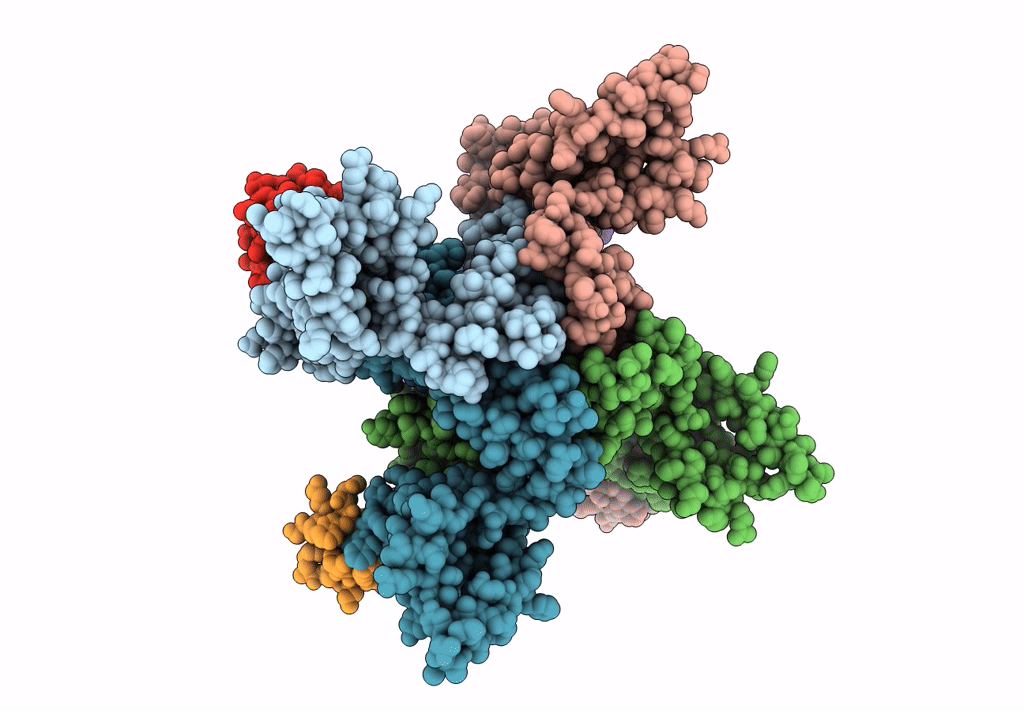
Deposition Date
2020-09-15
Release Date
2020-12-02
Last Version Date
2024-10-23
Entry Detail
PDB ID:
7K48
Keywords:
Title:
Structure of NavAb/Nav1.7-VS2A chimera trapped in the resting state by tarantula toxin m3-Huwentoxin-IV
Biological Source:
Source Organism:
Escherichia coli (strain K12) (Taxon ID: 83333)
Arcobacter butzleri (strain RM4018) (Taxon ID: 367737)
Homo sapiens (Taxon ID: 9606)
Haplopelma schmidti (Taxon ID: 29017)
Arcobacter butzleri (strain RM4018) (Taxon ID: 367737)
Homo sapiens (Taxon ID: 9606)
Haplopelma schmidti (Taxon ID: 29017)
Host Organism:
Method Details:
Experimental Method:
Resolution:
3.60 Å
Aggregation State:
PARTICLE
Reconstruction Method:
SINGLE PARTICLE


